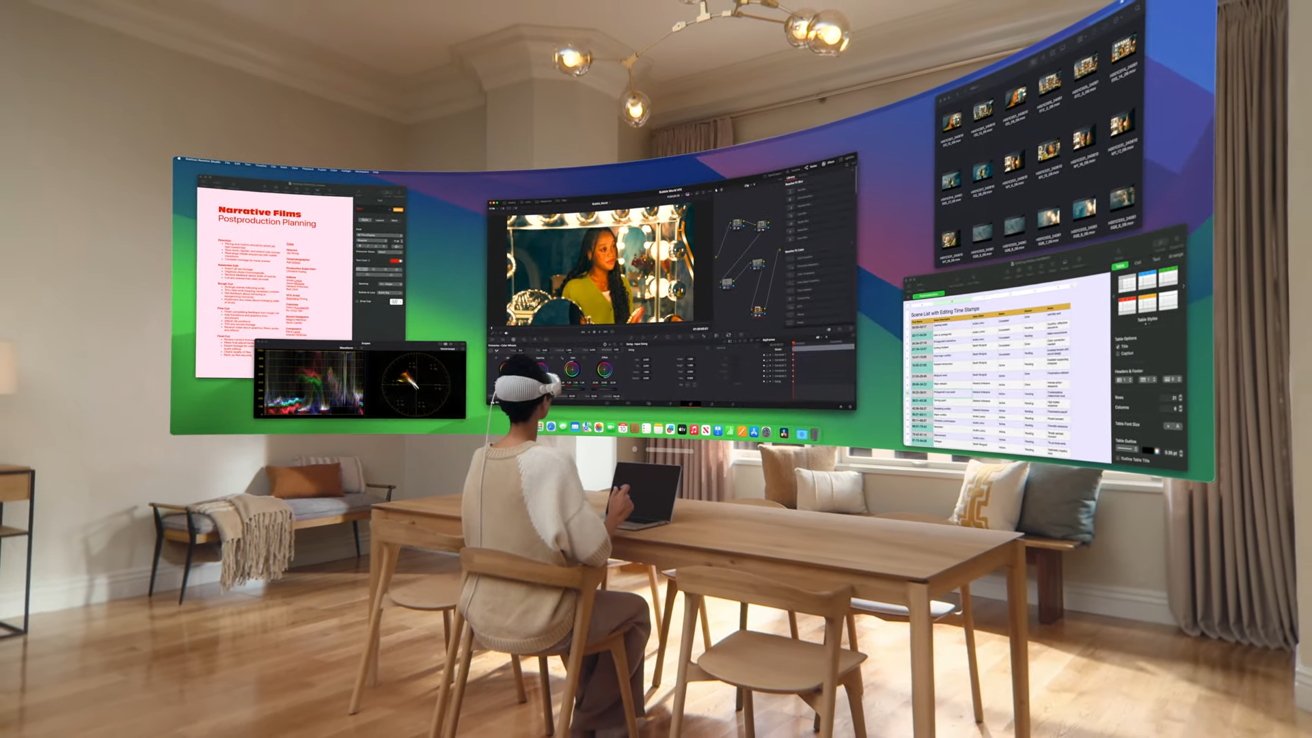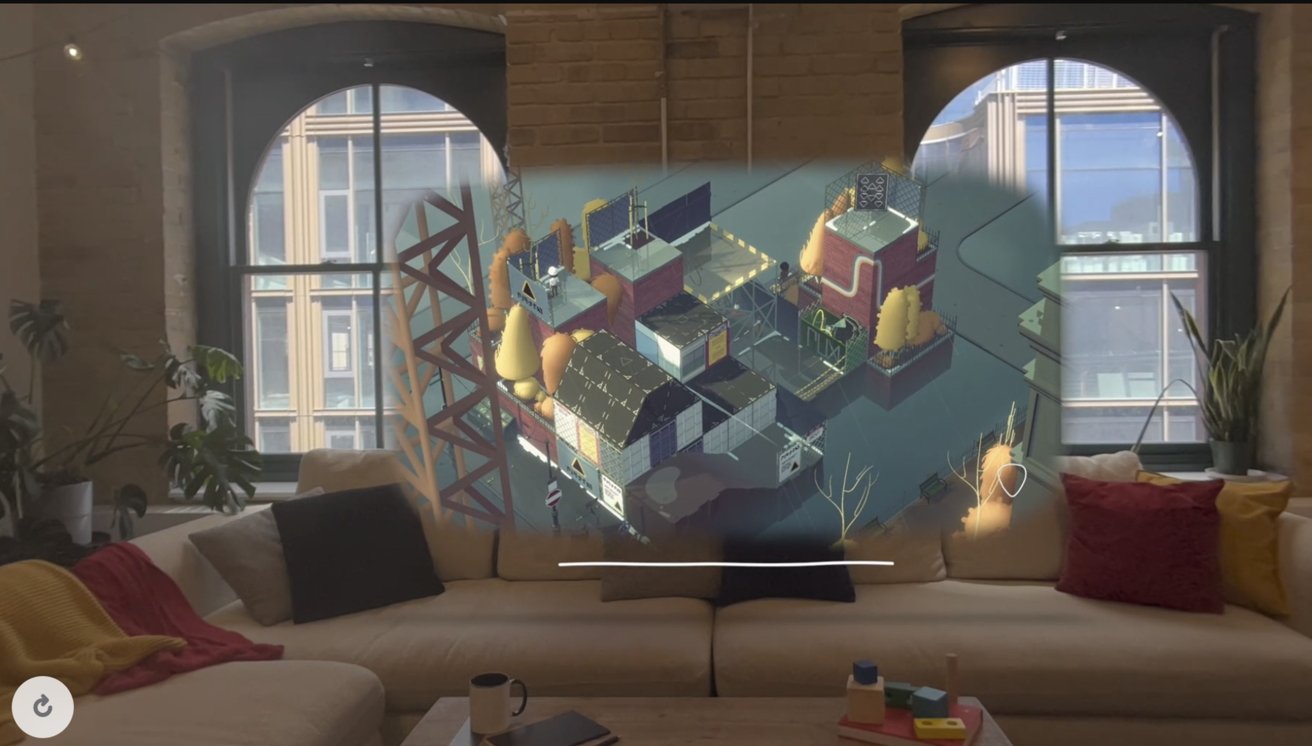visionOS 2.0 gets big upgrades with photo 3D processing, multiple 4K Mac screens & more
Users of the Apple Vision Pro will expand the usability of almost every aspect of their device with huge updates coming to visionOS 2.0.

visionOS 2.0 and Mac monitors
Apple released VisionOS in February of this year, and today, it announced updates that, according to the company, cover productivity, collaboration, and entertainment.
Apple showed off some of the apps available for VisionOS, which now has over 2000 apps. These apps include games, immersive experiences, educational tools, and entertainment. The lack of content for Apple Vision Pro was one of the original concerns about the platform, but developers have jumped onto it.
Apple Vision Pro has native apps for productivity tools like Zoom, Webex, and the Microsoft 365 suite. Immersive sports apps from the NBA, MLS, NHL, MLB, and more are available. All traditional streaming platforms, from Apple TV+ to Showtime to Disney+, are available on Apple Vision Pro.
While Apple didn't bill Apple Vision Pro as a gaming headset, as Oculus Quest and others have, gaming is particularly immersive on Apple Vision Pro. Apple has connected Apple Vision Pro to Apple Arcade, and several VR games, including Job Simulator, are available on Apple Vision Pro.
-xl.jpg)
Immersive experiences in visionOS are highlights of the Apple Vision Pro, and new tools in visionOS 2 will make them even more immersive.
With visionOS 2, Apple says new ways to connect and work together are coming to the platform.
Photos on VisionOS 2 will enhance their use beyond spatial photos. Apple says the new version of Photos for visionOS uses machine learning to transform 2D images into 3D images with the click of a button. Any photo in a library, from portraits to panoramas, can be converted to a simulated spatial photo.
SharePlay in the Photos app will allow users to share photos with other Apple Vision Pro users for multi-person
New gestures allow users to twist their hands to quickly access new features like the Mac virtual display, settings, and control interfaces.
Mac Virtual Display will be updated to a larger wraparound virtual display, and visionOS 2 will allow multiple monitors.
Apple is adding a new train mode to the existing plane mode for those using the Apple Vision Pro on the go. Internal sensors currently detect when a user is on a plane. The detection disables some movement controls so the shakes and bumps of a plane ride don't cause jitter or app crashes.
Train mode will extend this to a moving train's motion, allowing commuters to use their devices without motion disrupting the experience.
Apple is also releasing more APIs to create apps that use 3D space. TabletopKit will allow developers to make games and other apps connected to a surface like a table, and enterprise APIs will enable corporate users to create Apple Vision Pro-specific apps.

While games aren't a key selling point of the Apple Vision Pro, the number of available games continues to grow.
Turning to spatial video, Apple announced new commercial workflows, and Canon will release a special lens to capture spatial video from affordable mirrorless cameras. The ability for creators to use a traditional camera instead of the Apple Vision Pro will greatly simplify a creator's ability to create spatial video.
Apple's new Final Cut Pro can edit spatial video captured with the Apple Vision Pro or traditional cameras.
Apple will release the new version of VisionOS this fall, along with the newly announced versions of macOS, iOS 18, iPadOS 18, and tvOS 18.
Apple has said the Apple Vision Pro is the most significant product introduced in decades. While the iPhone and the iPad moved computing from the desktop to the palm of your hand, Apple has said that Apple Vision Pro represents the future of computing.
As part of the visionOS announcements, Apple added eight countries to the official device support list.
Read on AppleInsider

Comments